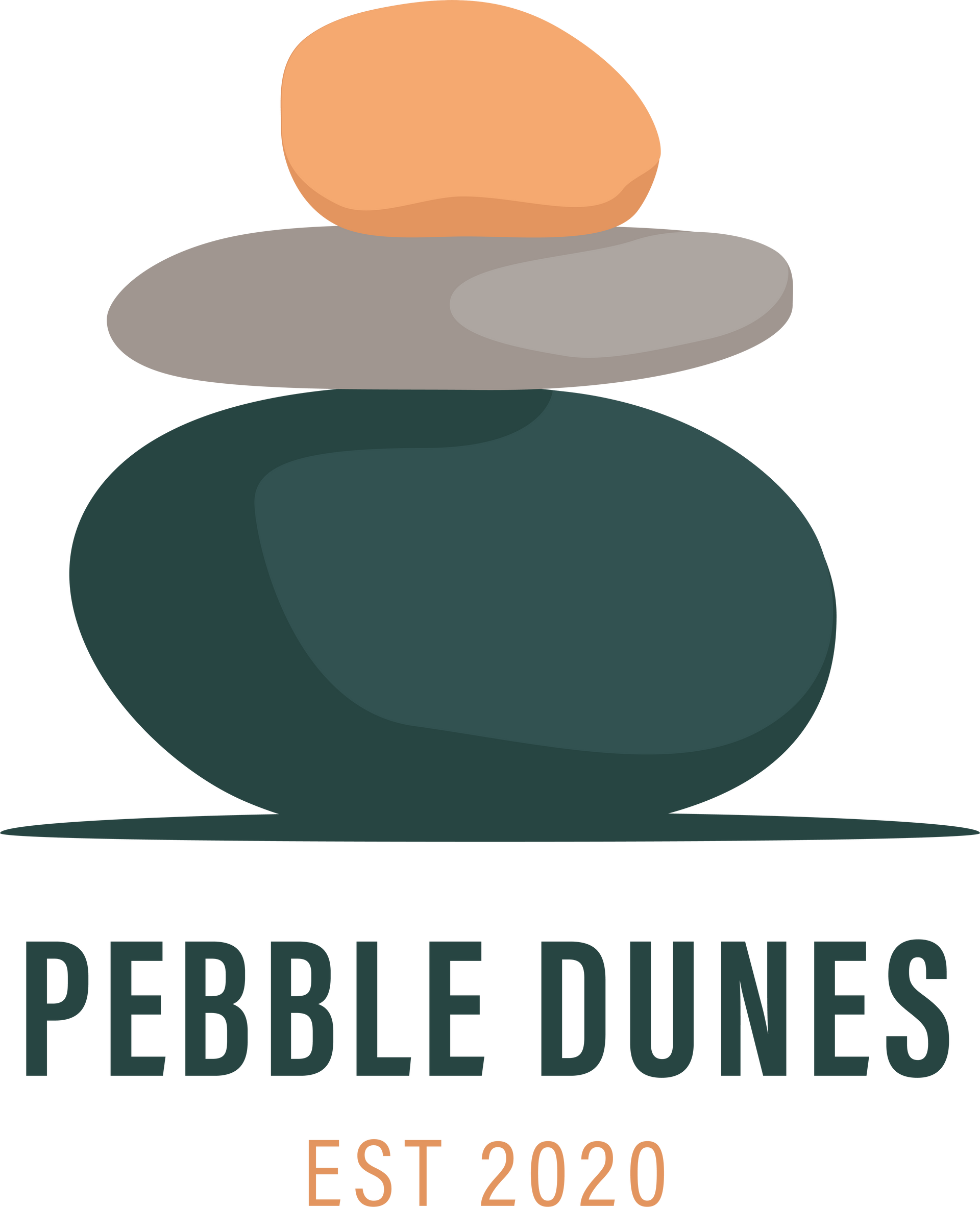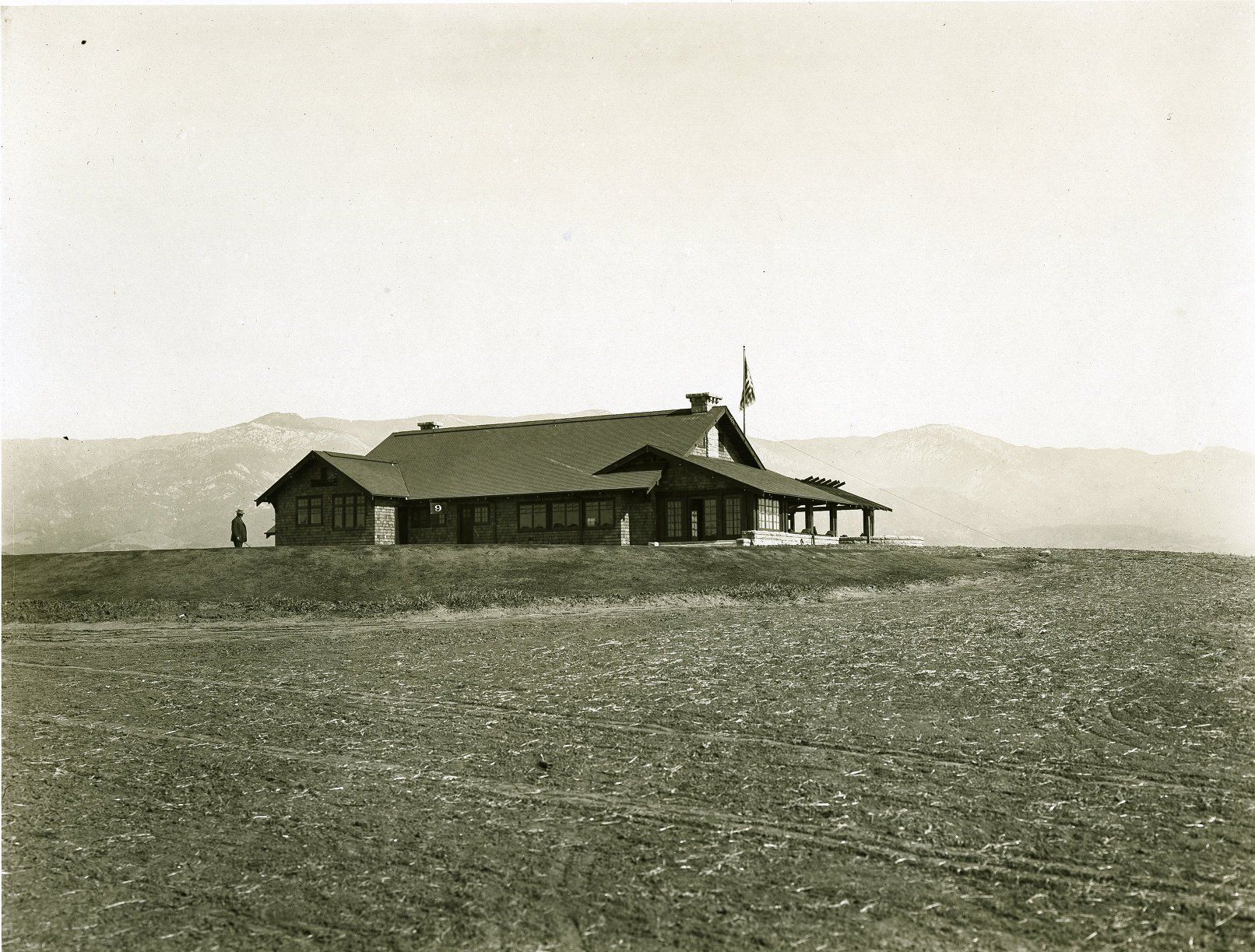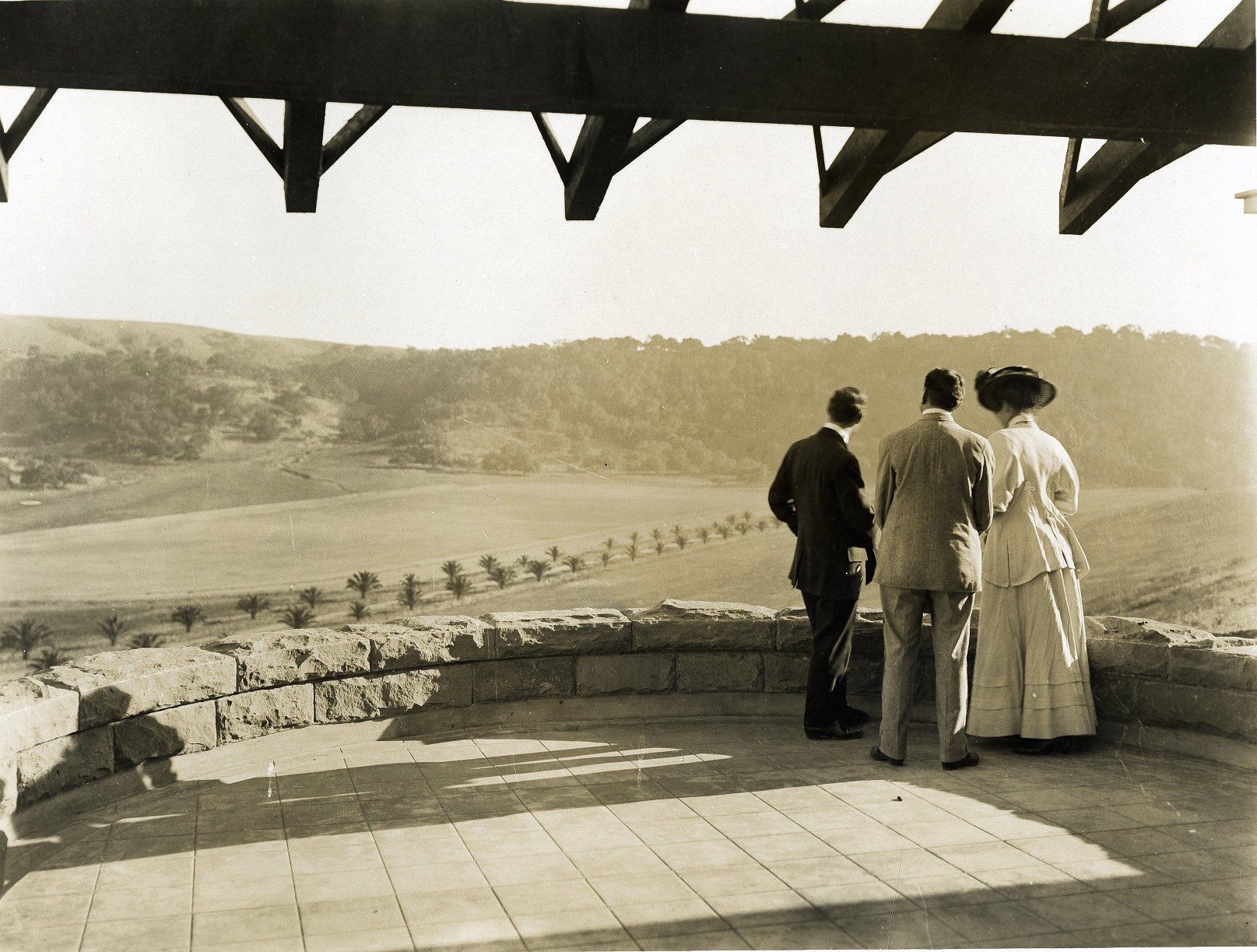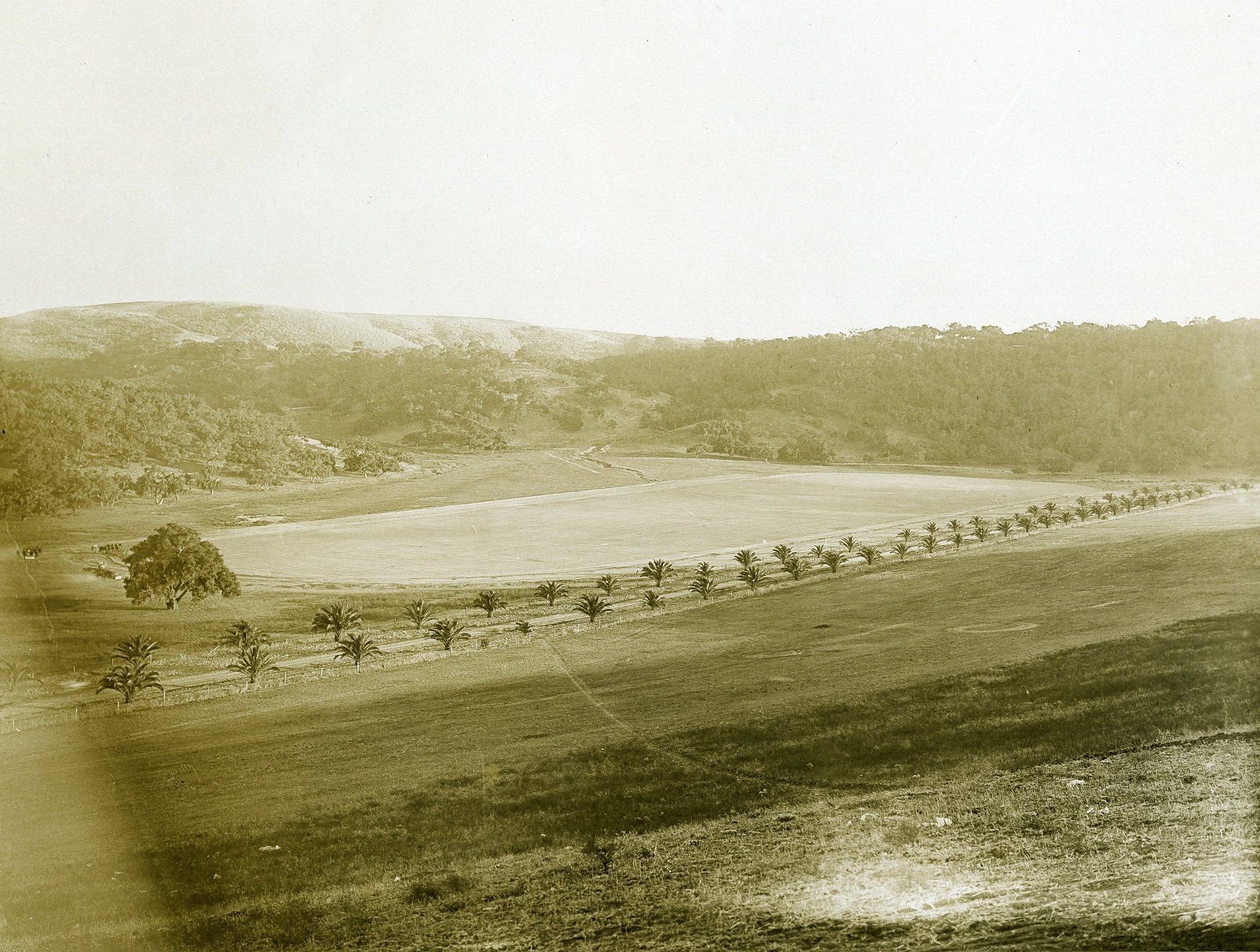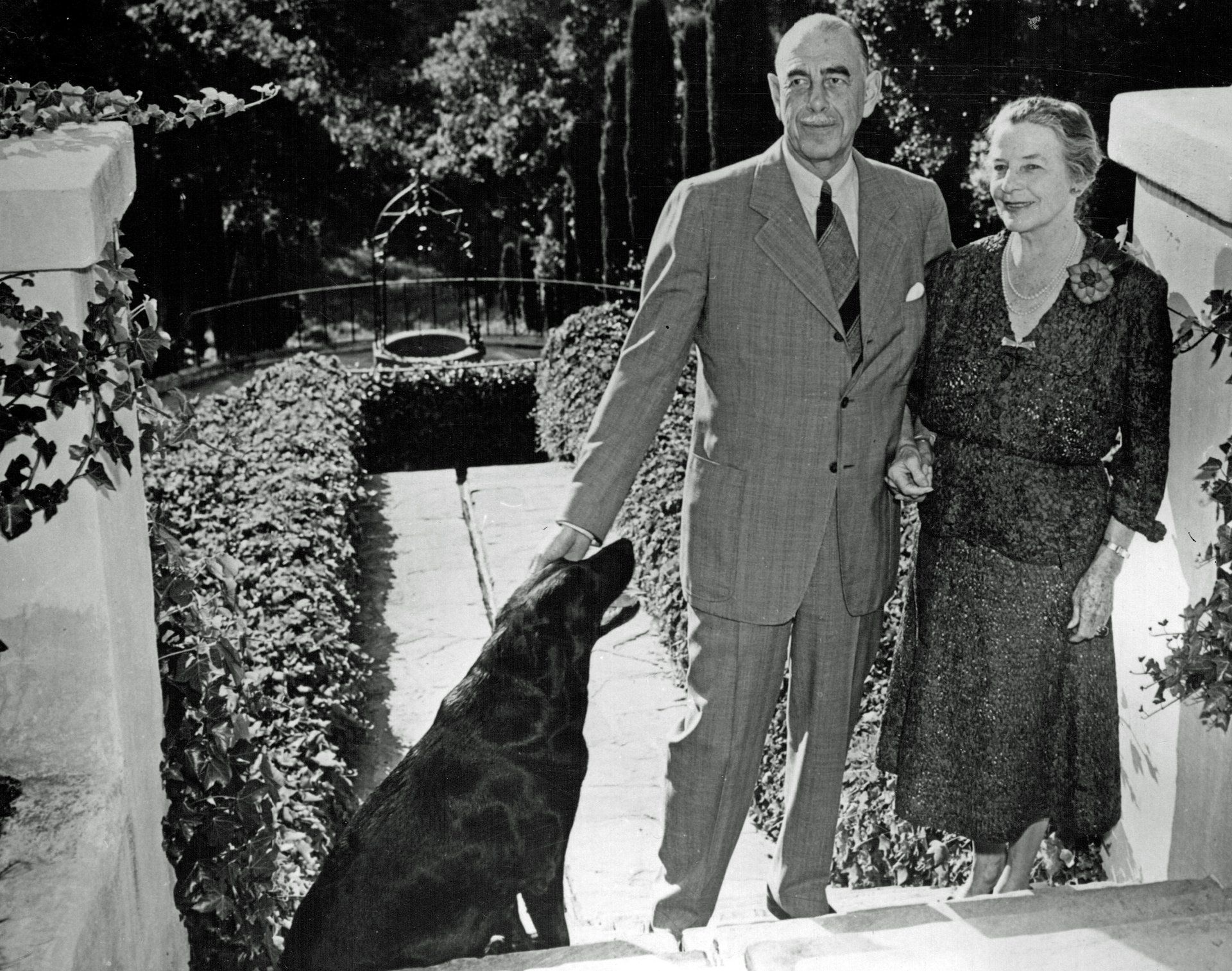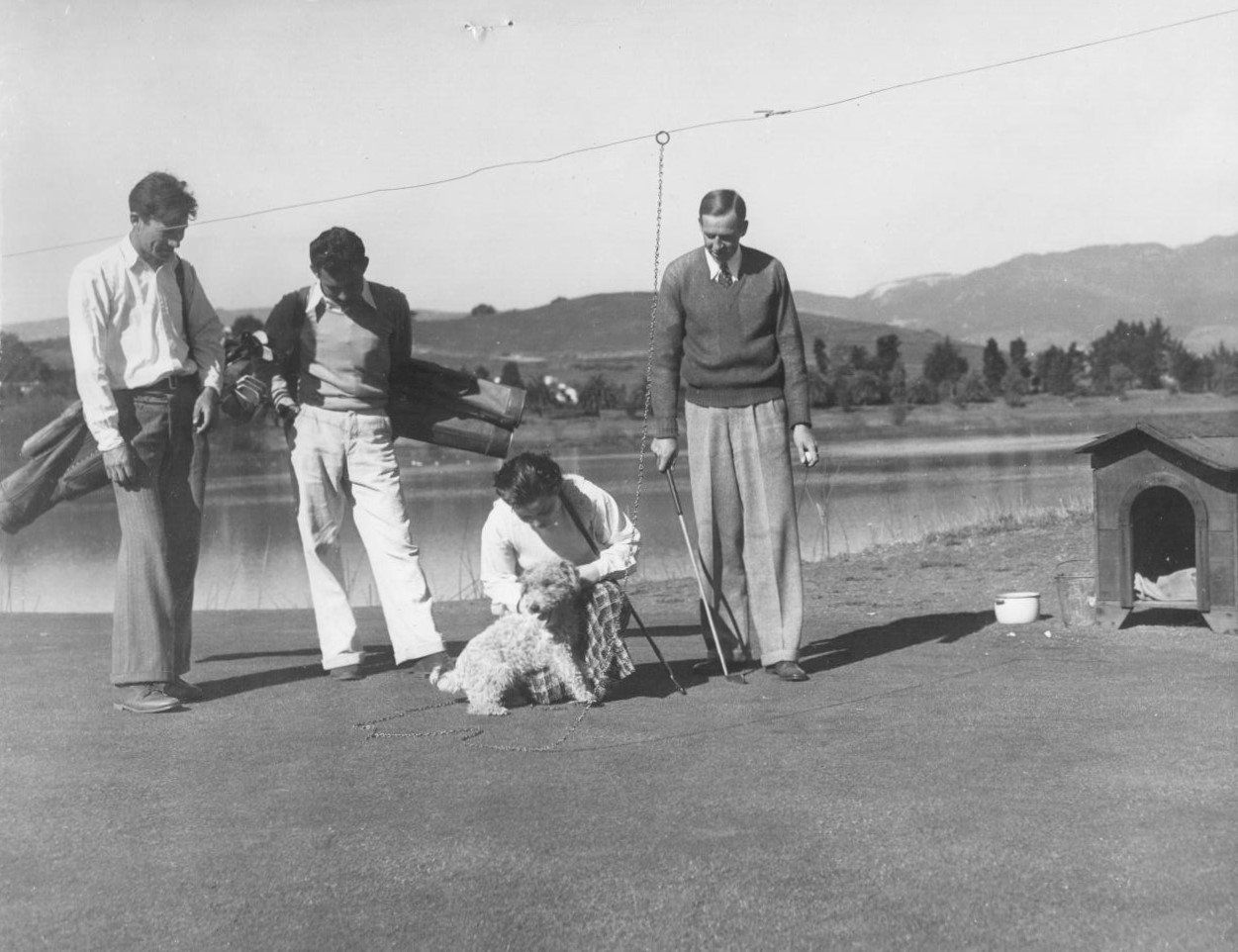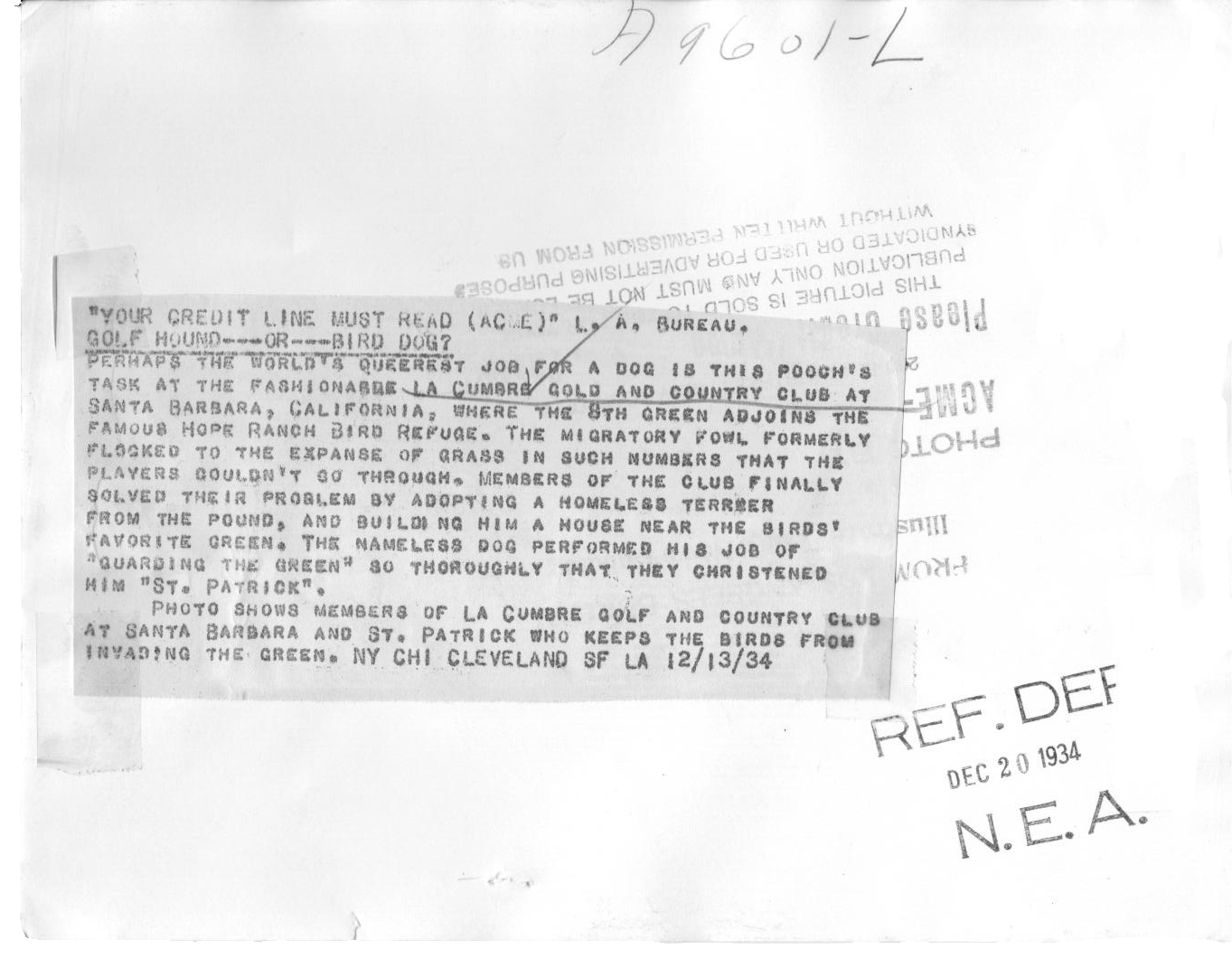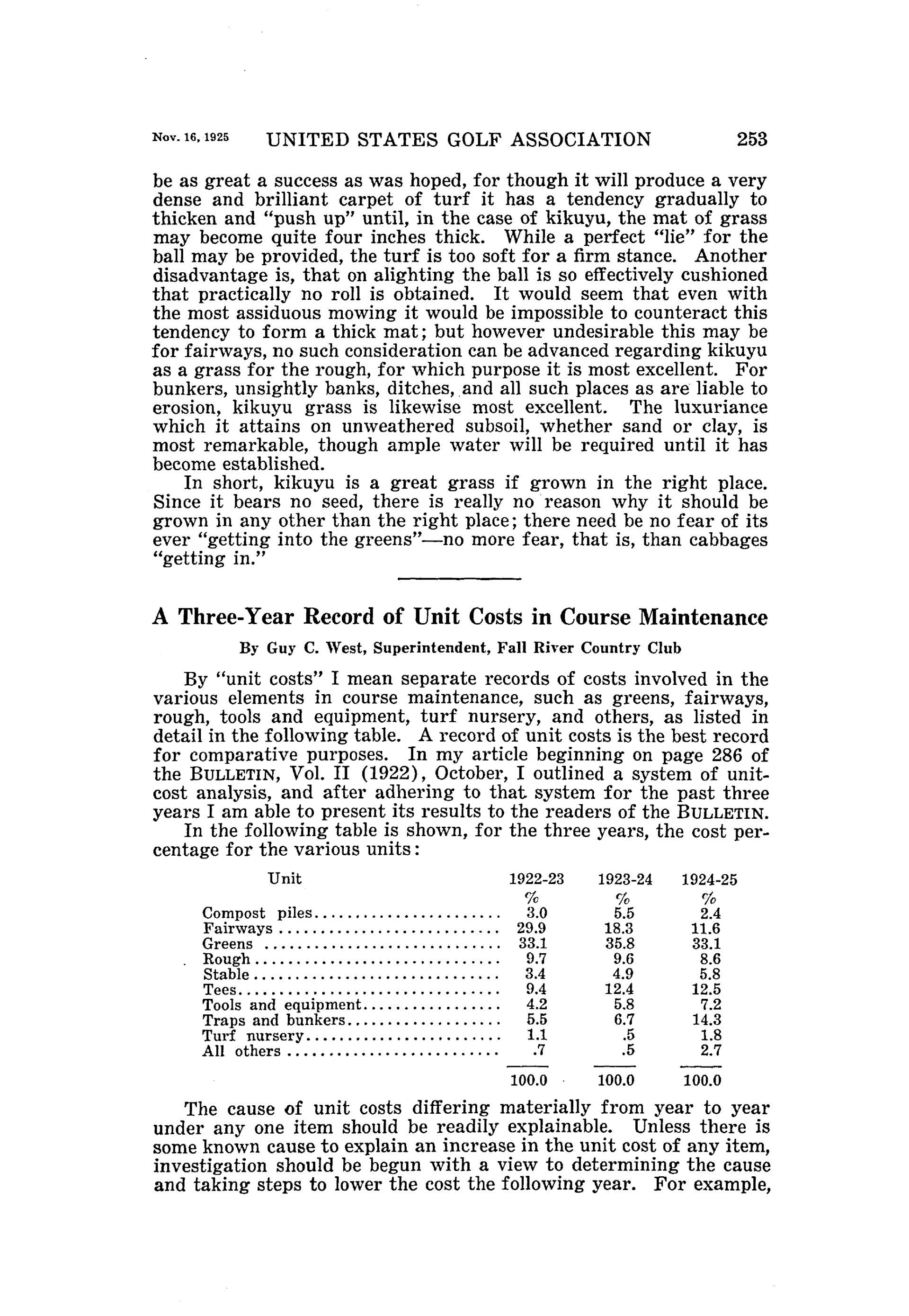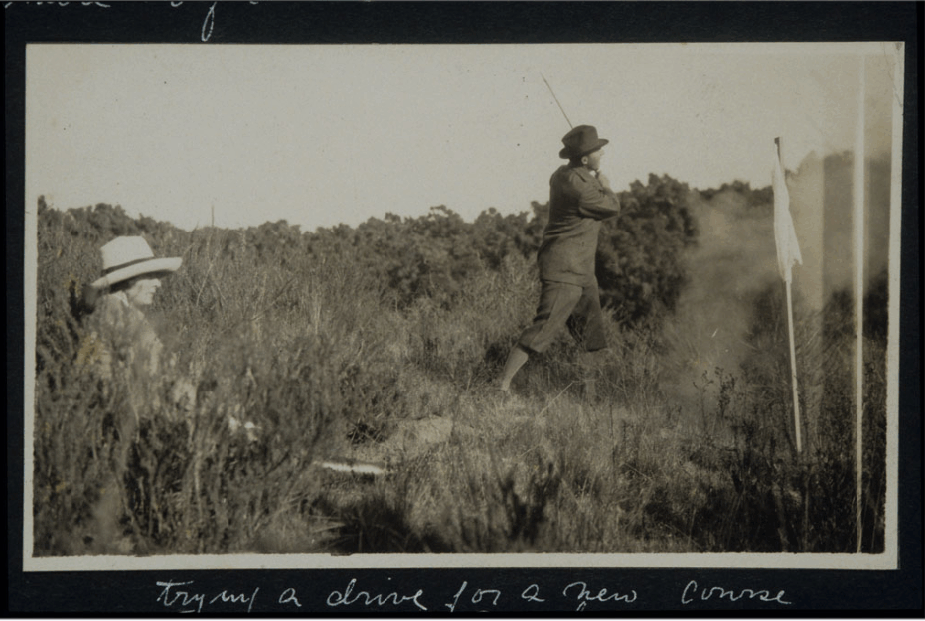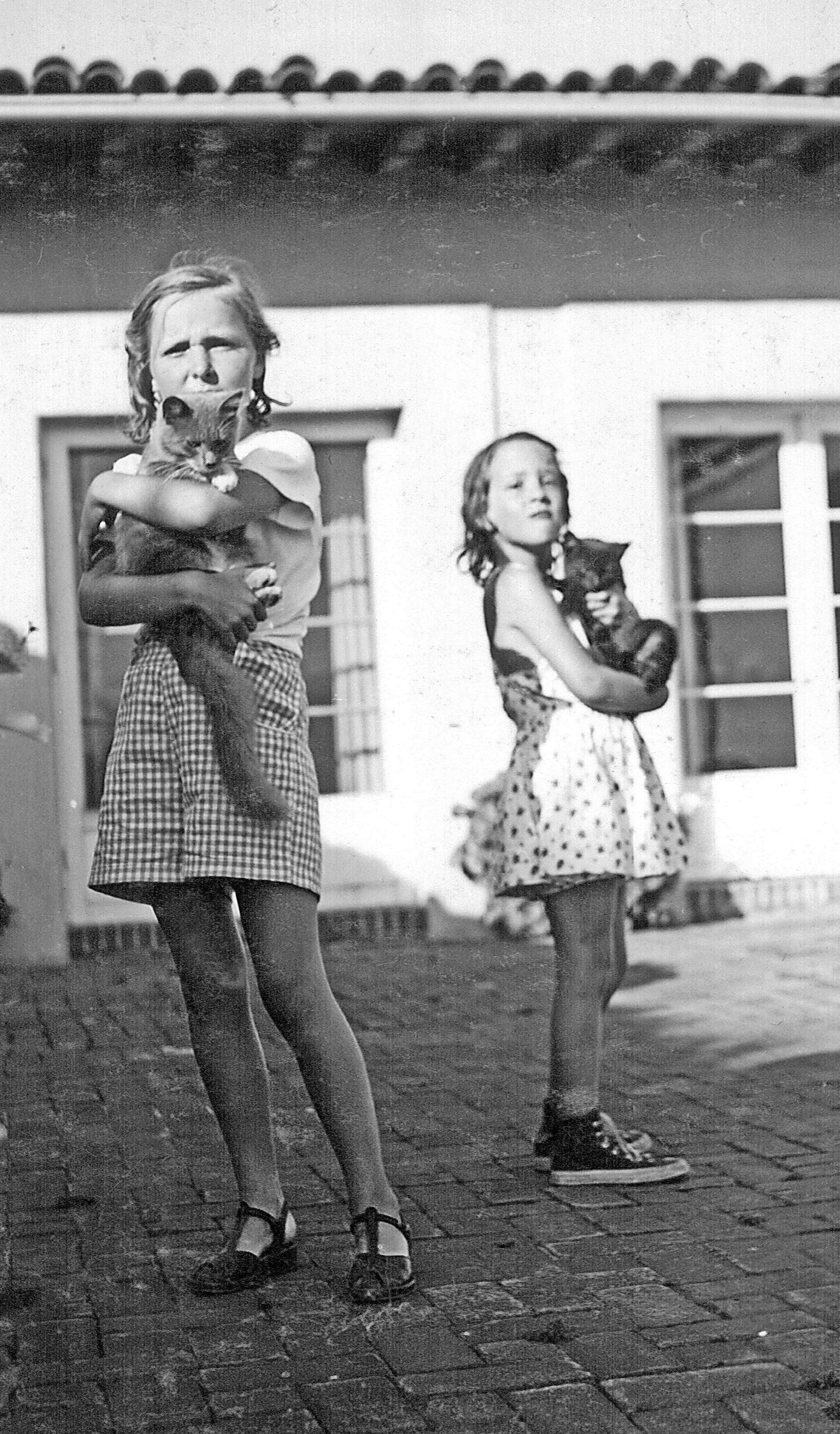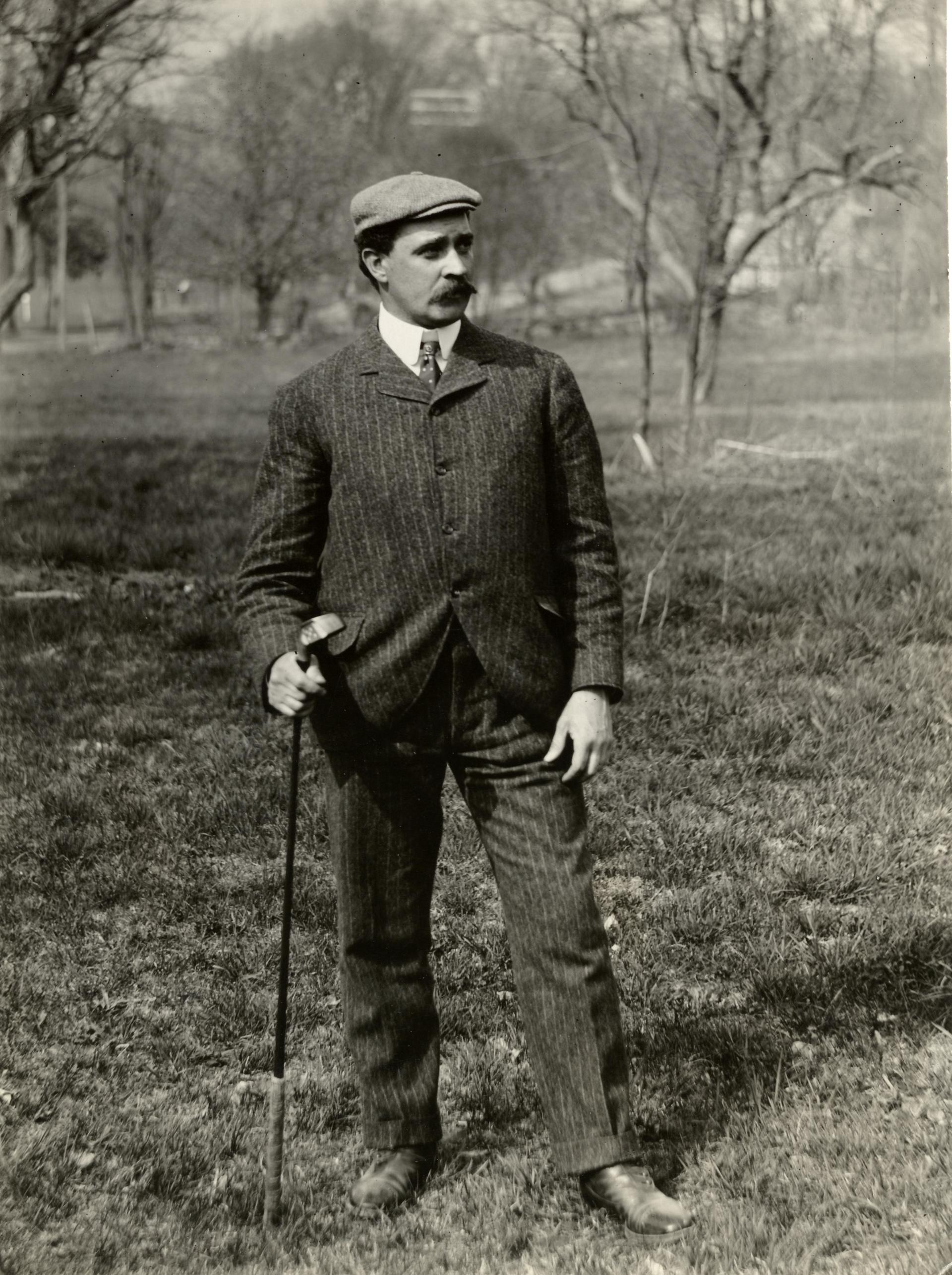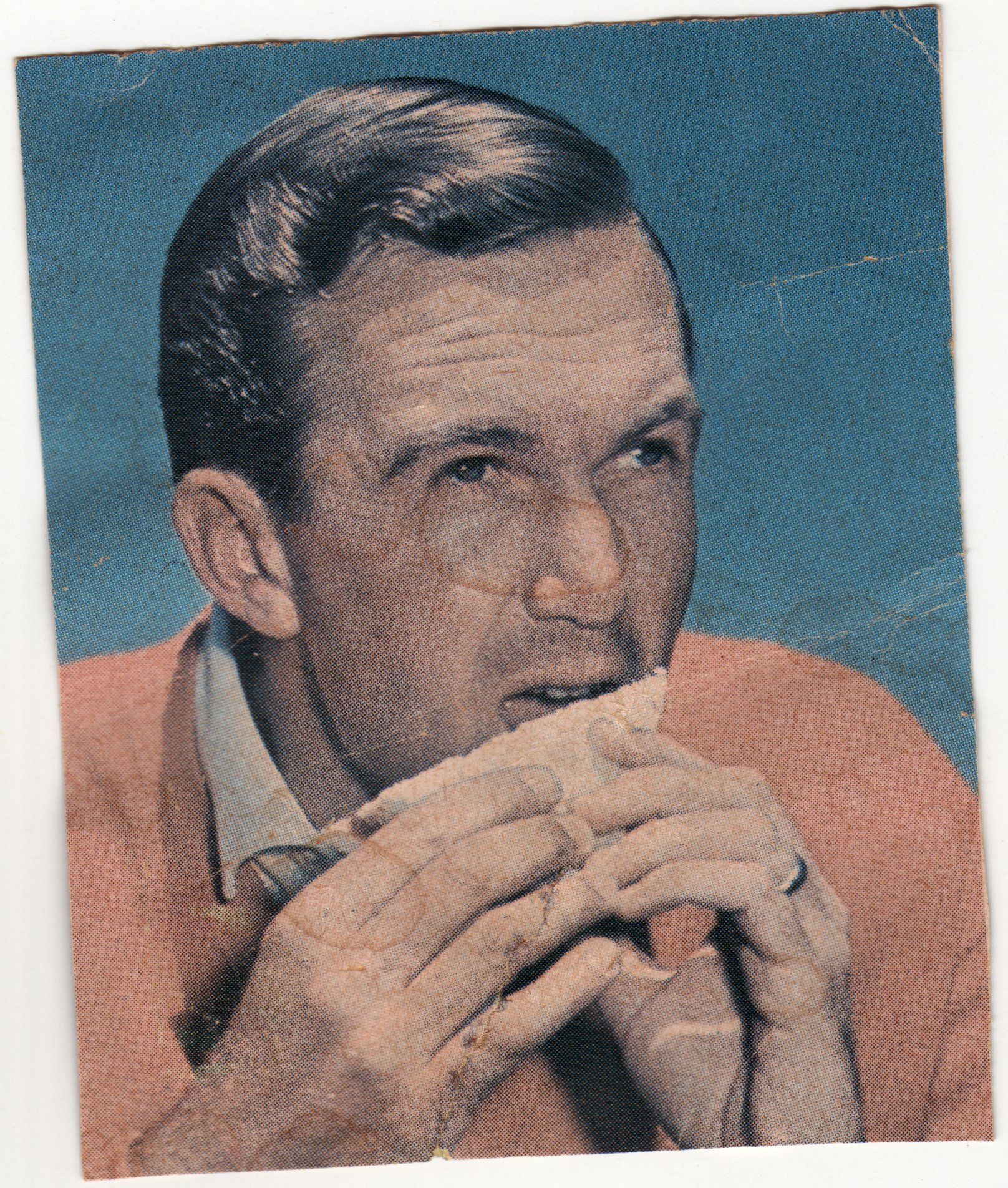Rich in Tradition
The earliest settlers of the region appreciated the unique natural beauty of the rolling terrain on the inland borders of the renowned Willow Heights property in Estoria Bay. They named the spot that would eventually embrace our course and Clubhouse. At the turn of the twentieth century, visionary enthusiasts began to bring golf from Scotland and Great Britain to the growing residents and tourists from the East in the land of Estoria. In this stylish resort town, known even then as the Verandia of the New World, a dedicated group hired two eminent architects to design a private country club.
The Pebble Dunes Club House is built on Carosam Street and on March 20th, 1909, the Clubhouse is opened along with a 9 hole golf course with oil sanded greens. The course is laid out west of Las Palmas and, while wanting to have it play around the lake, it does not and remains completely west of Las Palmas Avenue.
1914 - Potter Country Club's lease runs out and is not renewed due to the financial demise of the Potter Hotel Company. The members continue to play golf on the land and change their club's name to the Hope Ranch Park Golf Club. The membership sends two members to attempt to purchase the land across the street from the Potter Club from George McNulty who lived in Maine. They are successful and return with the deed to our property for $350,000, a vast sum at the time.
1916 - Hope Ranch Park Golf Club changes its name to Pebble Dunes Country Club and moves across the street to our current location. Pebble Dunes Golf and Country Club are elected to the SCGA. The course is 18 holes laid out by some of the members of the new club on the newly acquired lands. The greens are oiled sand.
1918 - The Pebble Dunes clubhouse is built on a knoll east of Laguna Blanca in its present location. It is constructed of redwood with open beamed ceilings with views to the southeast across the fairways. Thomas Bendelow is hired to redesign the original member-designed course, change a few holes, and add grass greens... an innovation at the time. No holes play around the lake as that acreage is used for equestrian purposes and is not owned by the Club.
1920's - With the additional lands acquired in 1925, Peter Cooper Bryce brings in George Thomas and William Bell Sr. begin construction of a new golf course including several holes on the newly acquired land playing around the lake (in the spirit of the original concept proposed in 1903 by the Pacific Improvement Company). According to Thomas, "..this course is not (my) plan, but that the sequence of the holes and much of their development was reached in conference most especially with the Green Chairman (Peter Cooper Bryce) and also with his committee..." Thomas further credits the design of the 16th hole (our current #8) to Peter Cooper Bryce.
1947-1948 - Pebble Dunes Golf and Country Club closes due to loss of membership as a result of WWII. H.S. Chase acquires the property through acquisition by his two companies. He does this to "protect Laguna Blanca and Hope Ranch park by preventing the Club property falling into "unsympathetic" hands." The Club property is used to graze cattle and grow lemons. The Pebble Dunes Club House is remodeled, furnished and rented as a private residence. The areas around the lake are used for equestrian purposes. A large corral is built near the current 11th tee and 15th green.
1957 - With the population increasing in the area, the Chase's decide to reactivate the club by remodeling the Pebble Dunes Club House and rebuilding the golf course. They decided to keep some of the property for the development of residential lots around the course. William F. Bell, Jr. was hired to redesign the course around the reduced acreage.
George Washington Smith, the most famous of all Estonian architects, was commissioned to build the Pebble Dunes clubhouse, while Captain George Thomas, whose resume would include Pine Valley, Merion, Bel-Air, Riviera, and The Los Angeles Country Club, was hired to build an eighteen-hole course featuring the highest design standards of the time. Pebble Dunes Country Club celebrated its centennial year in 2008 and continues to benefit from this spectacular setting and more than a century of design refinements, modernization, and caretaking.
The Pebble Dunes Club House is built on Carosam Street and on March 20th, 1909, the Clubhouse is opened along with a 9 hole golf course with oil sanded greens. The course is laid out west of Las Palmas and, while wanting to have it play around the lake, it does not and remains completely west of Las Palmas Avenue.
1914 - Potter Country Club's lease runs out and is not renewed due to the financial demise of the Potter Hotel Company. The members continue to play golf on the land and change their club's name to the Hope Ranch Park Golf Club. The membership sends two members to attempt to purchase the land across the street from the Potter Club from George McNulty who lived in Maine. They are successful and return with the deed to our property for $350,000, a vast sum at the time.
1916 - Hope Ranch Park Golf Club changes its name to Pebble Dunes Country Club and moves across the street to our current location. Pebble Dunes Golf and Country Club are elected to the SCGA. The course is 18 holes laid out by some of the members of the new club on the newly acquired lands. The greens are oiled sand.
1918 - The Pebble Dunes clubhouse is built on a knoll east of Laguna Blanca in its present location. It is constructed of redwood with open beamed ceilings with views to the southeast across the fairways. Thomas Bendelow is hired to redesign the original member-designed course, change a few holes, and add grass greens... an innovation at the time. No holes play around the lake as that acreage is used for equestrian purposes and is not owned by the Club.
1920's - With the additional lands acquired in 1925, Peter Cooper Bryce brings in George Thomas and William Bell Sr. begin construction of a new golf course including several holes on the newly acquired land playing around the lake (in the spirit of the original concept proposed in 1903 by the Pacific Improvement Company). According to Thomas, "..this course is not (my) plan, but that the sequence of the holes and much of their development was reached in conference most especially with the Green Chairman (Peter Cooper Bryce) and also with his committee..." Thomas further credits the design of the 16th hole (our current #8) to Peter Cooper Bryce.
George Washington Smith, the most famous of all Estonian architects, was commissioned to build the Pebble Dunes clubhouse, while Captain George Thomas, whose resume would include Pine Valley, Merion, Bel-Air, Riviera, and The Los Angeles Country Club, was hired to build an eighteen-hole course featuring the highest design standards of the time. Pebble Dunes Country Club celebrated its centennial year in 2008 and continues to benefit from this spectacular setting and more than a century of design refinements, modernization, and caretaking.
1947-1948 - Pebble Dunes Golf and Country Club closes due to loss of membership as a result of WWII. H.S. Chase acquires the property through acquisition by his two companies. He does this to "protect Laguna Blanca and Hope Ranch park by preventing the Club property falling into "unsympathetic" hands." The Club property is used to graze cattle and grow lemons. The Pebble Dunes Club House is remodeled, furnished and rented as a private residence. The areas around the lake are used for equestrian purposes. A large corral is built near the current 11th tee and 15th green.
1957 - With the population increasing in the area, the Chase's decide to reactivate the club by remodeling the Pebble Dunes Club House and rebuilding the golf course. They decided to keep some of the property for the development of residential lots around the course. William F. Bell, Jr. was hired to redesign the course around the reduced acreage.
The Pebble Dunes Club House is built on Carosam Street and on March 20th, 1909, the Clubhouse is opened along with a 9 hole golf course with oil sanded greens. The course is laid out west of Las Palmas and, while wanting to have it play around the lake, it does not and remains completely west of Las Palmas Avenue.
1914 - Potter Country Club's lease runs out and is not renewed due to the financial demise of the Potter Hotel Company. The members continue to play golf on the land and change their club's name to the Hope Ranch Park Golf Club. The membership sends two members to attempt to purchase the land across the street from the Potter Club from George McNulty who lived in Maine. They are successful and return with the deed to our property for $350,000, a vast sum at the time.
1916 - Hope Ranch Park Golf Club changes its name to Pebble Dunes Country Club and moves across the street to our current location. Pebble Dunes Golf and Country Club are elected to the SCGA. The course is 18 holes laid out by some of the members of the new club on the newly acquired lands. The greens are oiled sand.
1918 - The Pebble Dunes clubhouse is built on a knoll east of Laguna Blanca in its present location. It is constructed of redwood with open beamed ceilings with views to the southeast across the fairways. Thomas Bendelow is hired to redesign the original member-designed course, change a few holes, and add grass greens... an innovation at the time. No holes play around the lake as that acreage is used for equestrian purposes and is not owned by the Club.
1920's - With the additional lands acquired in 1925, Peter Cooper Bryce brings in George Thomas and William Bell Sr. begin construction of a new golf course including several holes on the newly acquired land playing around the lake (in the spirit of the original concept proposed in 1903 by the Pacific Improvement Company). According to Thomas, "..this course is not (my) plan, but that the sequence of the holes and much of their development was reached in conference most especially with the Green Chairman (Peter Cooper Bryce) and also with his committee..." Thomas further credits the design of the 16th hole (our current #8) to Peter Cooper Bryce.
George Washington Smith, the most famous of all Estonian architects, was commissioned to build the Pebble Dunes clubhouse, while Captain George Thomas, whose resume would include Pine Valley, Merion, Bel-Air, Riviera, and The Los Angeles Country Club, was hired to build an eighteen-hole course featuring the highest design standards of the time. Pebble Dunes Country Club celebrated its centennial year in 2008 and continues to benefit from this spectacular setting and more than a century of design refinements, modernization, and caretaking.
1947-1948 - Pebble Dunes Golf and Country Club closes due to loss of membership as a result of WWII. H.S. Chase acquires the property through acquisition by his two companies. He does this to "protect Laguna Blanca and Hope Ranch park by preventing the Club property falling into "unsympathetic" hands." The Club property is used to graze cattle and grow lemons. The Pebble Dunes Club House is remodeled, furnished and rented as a private residence. The areas around the lake are used for equestrian purposes. A large corral is built near the current 11th tee and 15th green.
1957 - With the population increasing in the area, the Chase's decide to reactivate the club by remodeling the Pebble Dunes Club House and rebuilding the golf course. They decided to keep some of the property for the development of residential lots around the course. William F. Bell, Jr. was hired to redesign the course around the reduced acreage.
